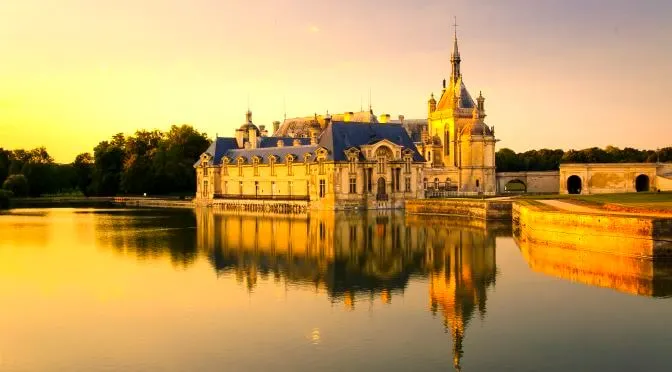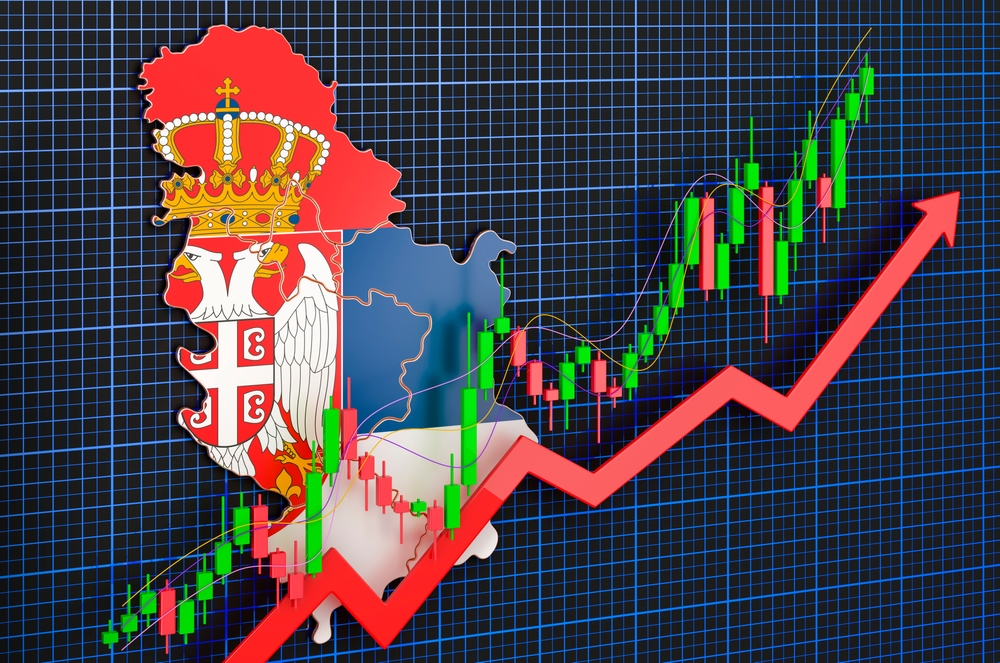nightglow.info – Hauts-de-France, a region in northern France, is a captivating blend of history, culture, and industry. From the medieval charm of Amiens to the bustling port city of Calais, the region offers a diverse range of experiences for visitors.
A Rich Historical Heritage
- Amiens: The capital of the region, Amiens is a historic city with a beautiful Gothic cathedral, one of the largest in Europe.
- Lille: A vibrant city with a rich cultural heritage, Lille is known for its art, architecture, and festivals.
- Arras: A historic city with a well-preserved medieval center, Arras is famous for its World War I memorials.
Industrial Heart of France
Hauts-de-France is one of the most industrialized regions in France. The region’s industries include textiles, automotive, and aerospace.
Natural Beauty
Despite its industrial heritage, Hauts-de-France offers a variety of stunning landscapes, including beaches, forests, and wetlands.
- The Opal Coast: This beautiful coastline, stretching from Calais to Le Touquet-Paris-Plage, is a popular destination for beach lovers.
- The Parc naturel régional des Caps et Marais d’Opale: This natural park offers a variety of landscapes, including cliffs, marshes, and forests.
Gastronomic Delights
Hauts-de-France is a foodie’s paradise, with a rich culinary tradition. Some of the region’s most famous dishes include:
- Welsh: A savory tart made with leeks, bacon, and cream.
- Carbonnade flamande: A hearty beef stew with beer and onions.
- Frites: French fries, which are said to have originated in the region.
A Year-Round Destination
Hauts-de-France is a year-round destination, offering a variety of activities for visitors. In the summer, visitors can enjoy the region’s beaches and outdoor activities. In the winter, the region’s Christmas markets are a popular attraction.

